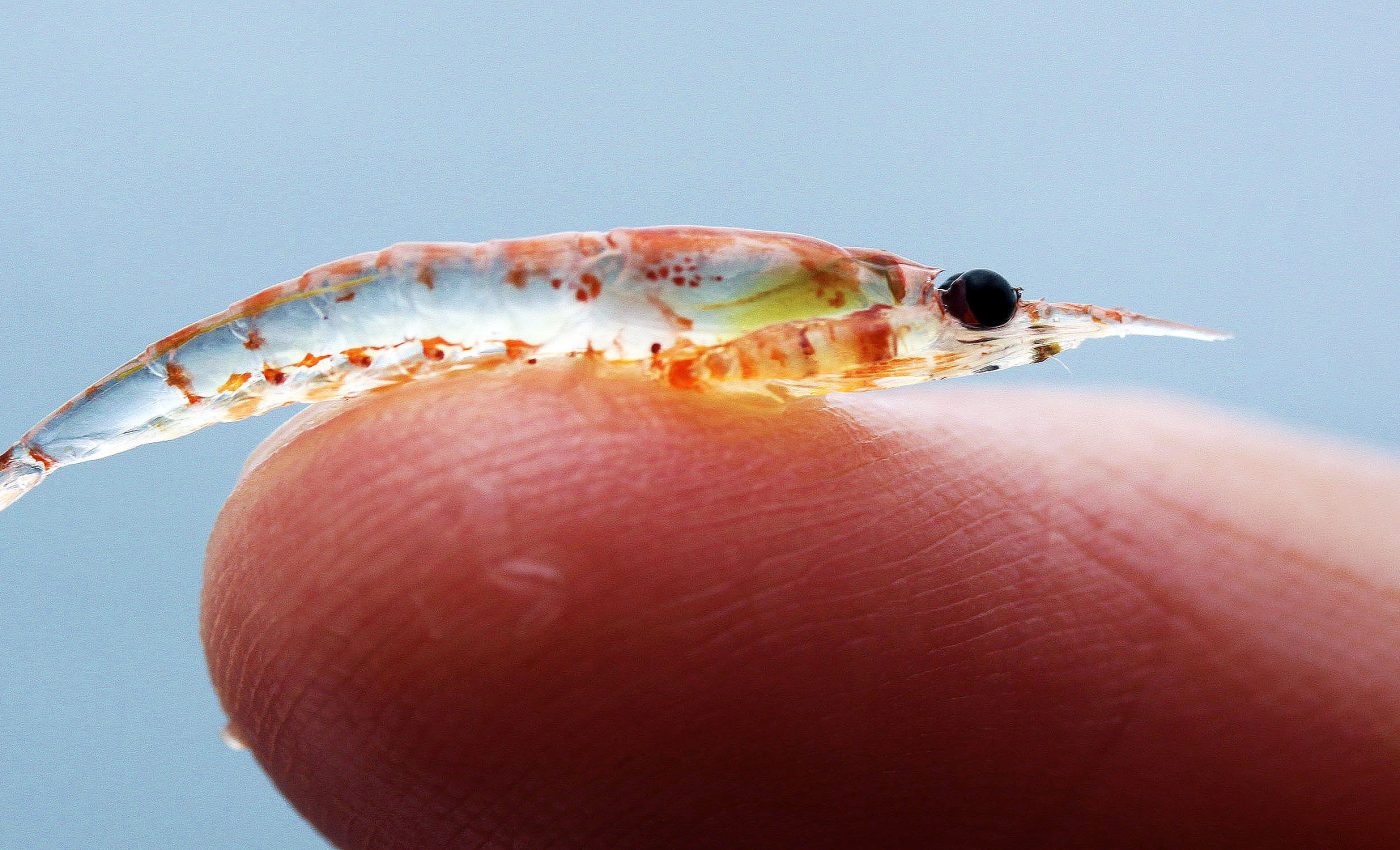
Tiny Antarctic krill store enormous amounts of carbon
Krill may be small, but their role in carbon storage is monumental. Beneath Antarctica’s icy waters, these tiny crustaceans are emerging as unexpected heroes in the fight against atmospheric carbon.
While the significance of blue carbon habitats like mangroves, seagrasses, and saltmarshes is well-known, recent research highlights the vital contribution of Antarctic krill and their impressive carbon storage capacity.
The unsung heroes of carbon capture
When we think of carbon sinks – the vital natural systems that absorb and store carbon from the atmosphere – we might not consider the role of small crustaceans.
The new findings reveal that Antarctic krill store amounts of carbon that are comparable to critical blue carbon habitats like mangroves, seagrasses, and saltmarshes.
Despite their minute size, these krill contribute significantly to carbon cycling, thanks to their enormous combined populations.
“A key player in the biological carbon pump is the Antarctic krill, Euphausia superba, whose faecal pellets, moults and carcasses can completely dominate Southern Ocean carbon fluxes to the ocean’s interior in the Austral growth season,” wrote the researchers.
The role of krill in carbon cycling
Krill are often viewed as merely being food for larger animals. Whales, seals, and penguins relish these crustaceans, and humans also fish them for bait, aquaculture, and dietary supplements.
However, the value of krill extends far beyond the food chain.
“For the past decade we have been piecing together the role krill have in carbon cycling, finally resulting in this amazing finding that krill, and their poo, store similar amounts of carbon as some coastal marine plants,” explained Dr. Emma Cavan, one of the lead authors from Imperial College London.
Protection for these vital creatures is an urgent matter.
“I hope this means we can now work towards conserving krill and their valuable Southern Ocean ecosystem with the same gumption as we are seagrasses and mangroves,” Cavan continued.
Carbon storage in ocean systems
Marine life plays a pivotal role in locking carbon away from the atmosphere in ocean systems. The term “blue carbon” was coined over a decade ago to describe the crucial role coastal marine plants play in this process.
Yet, the ocean has other storage methods far from the coast through animals like krill. These creatures feed on phytoplankton – microscopic plants that absorb carbon during photosynthesis.

When krill excrete or shed their exoskeletons, the carbon they’ve consumed sinks to the ocean depths, where it remains for a long time.
This process could lock away at least 20 million tons of carbon annually, which is the equivalent of up to $46 billion worth of carbon storage.
“Antarctic krill are well known for being at the center of the unique Southern Ocean ecosystem and supporting an important fishery. But this study paints another picture of krill — on their key role in storing carbon,” noted study co-author Professor Angus Atkinson from Plymouth Marine Laboratory.
The power of krill swarms
The massive populations of krill make them effective carbon storers. Swarms can contain up to 30 trillion individuals, producing a deluge of carbon-rich waste products.
“One of the amazing things about krill is that they form massive swarms, which can be over a kilometer in length,” said Dr. Anna Belcher, a co-author from the UK Centre for Ecology & Hydrology.
“This drives a huge ‘rain’ of krill poo after feeding, making krill globally important for locking carbon away from the atmosphere.”
The study also reveals that the depth needed to secure carbon storage effectively is surprisingly shallow, with an average of 381 meters.
Protecting krill for carbon storage
Antarctic krill are under increasing threat from rapid polar climate change, which is drastically altering their habitat. These krill are also targeted by an expanding fishery that further depletes their populations.
The combined pressures make the carbon storage capacity of krill an urgent and vital area for protection.
Preserving this crucial carbon sink is essential for maintaining the delicate balance of the Southern Ocean ecosystem, and for meeting global climate goals.
The research highlights the need to integrate carbon considerations into broader conservation policies.
The study is published in the journal Nature Communications.
—–
Like what you read? Subscribe to our newsletter for engaging articles, exclusive content, and the latest updates.
Check us out on EarthSnap, a free app brought to you by Eric Ralls and Earth.com.
—–













